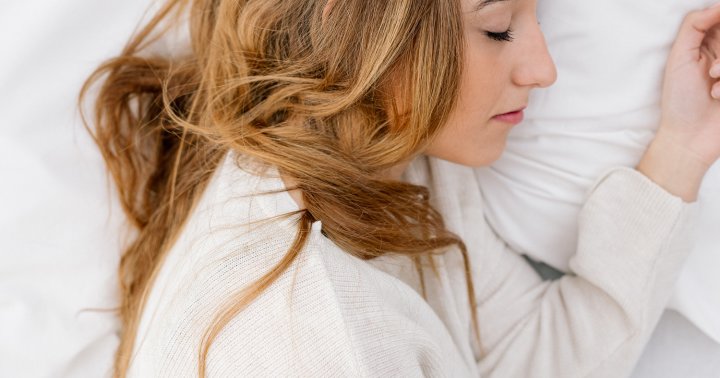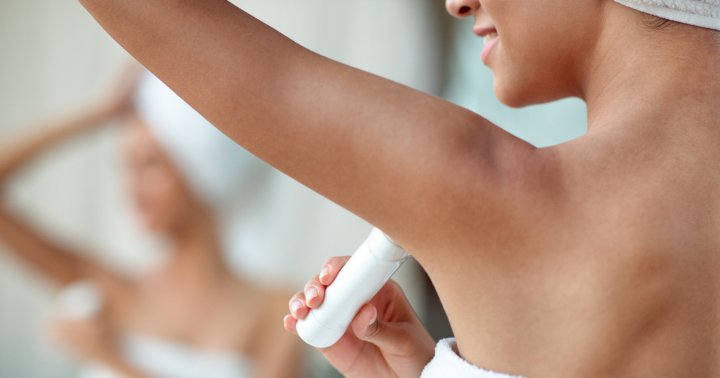The Only Guide You Need To Smooth Bumpy Skin, Unclog Pores & Fade Dark Spots
A master guide.
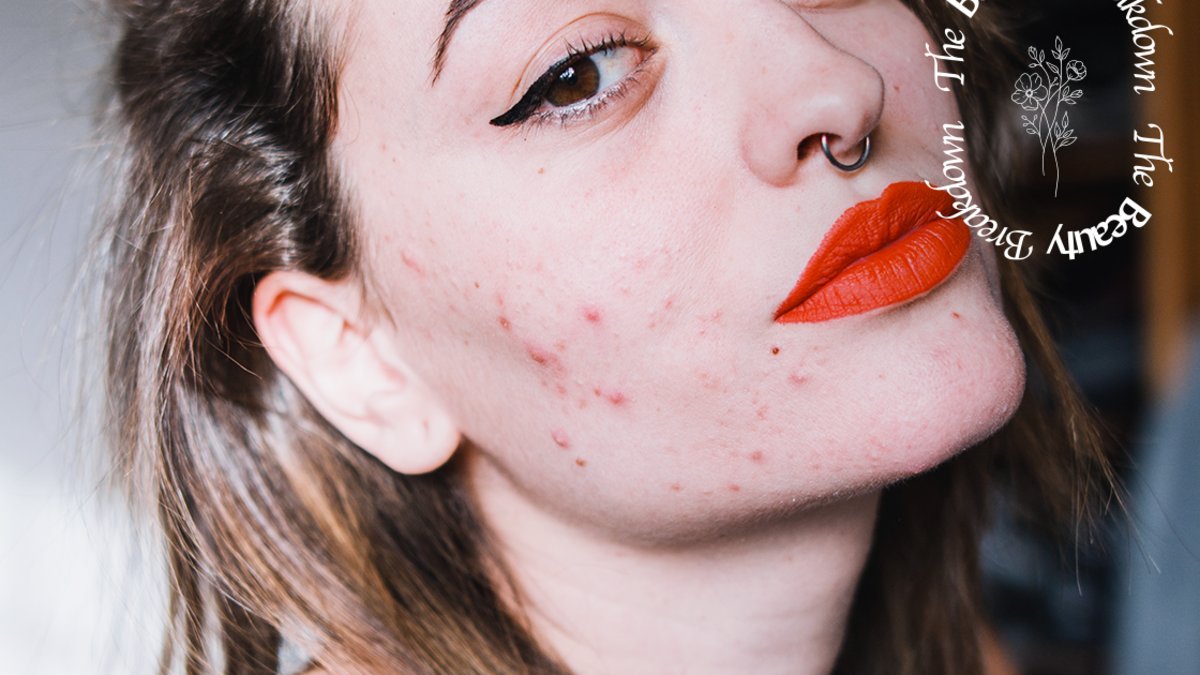

mbg Beauty & Wellness Editor
mbg Beauty & Wellness Editor
Jamie Schneider is the Beauty & Wellness Editor at mindbodygreen, covering beauty and wellness. She has a B.A. in Organizational Studies and English from the University of Michigan, and her work has appeared in Coveteur, The Chill Times, and Wyld Skincare.
Image by Susana Ramírez / Stocksy
August 22, 2022
Our editors have independently chosen the products listed on this page. If you purchase something mentioned in this article, we may earn a small commission.
Beauty is far from frivolous. Yes, it can be fun and playful (a swipe of sparkly shadow can instantly put a smile on my face), but caring about your skin isn’t vanity—and this connection is extremely evident when it comes to acne.
After all, acne is a skin condition, and a complicated one at that. Not only can breakouts become physically painful and lead to long-term scarring, but acne can also take a mental toll. A recent 2022 study even found that individuals compared acne and acne scars to an “unwanted intruder” responsible for their poor self-esteem and struggle for self-acceptance, and these feelings can linger long after the blemishes themselves have cleared up. A 2020 systematic review in the Journal of the American Academy of Dermatology found a significant association between both acne and depression and acne and anxiety. Suffice it to say, acne is more than skin-deep.
And, look, your skin is a living, functional, beautiful organ that does so much to protect you—but it’s OK to feel frustrated by some blemishes taking up the real estate. Just know that treating acne is a delicate dance that may require multiple approaches, which is exactly why we’ve created this master guide. Ahead, find everything you need to know about addressing acne, no matter which type of spot you’ve got.

The 101 on acne.
Technically, all acne stems from some level of inflammation as dead skin, oil, and bacteria stick together and block the pores. Specifically, an overgrowth of the bacteria Cutibacterium acnes can cause the release of inflammatory cytokines and messengers to create clinical inflammation, which results in a breakout.
From there, you can wind up with various types of blemishes. Some spots are more red and painful (like papules, pustules, cysts, and nodules), while others result in much subtler mounds (like blackheads, whiteheads, and subclinical breakouts). We have a whole guide to the different types of acne if you want to learn more, but here’s the gist:

The 6 things we’re getting wrong right now.
It turns out, a few common mistakes can make acne even worse. Here are the major no’s when it comes to addressing breakouts:

The 6 steps you need to know.
Here’s how to treat your breakouts from every angle.
The more you get to know your breakouts, the better you can tackle them before they arrive. Although, a host of internal triggers can cause an acne flare, like stress, diet, hormones, seasonal changes, and lack of sleep—we have a guide to help you along the way, but you may want to enlist the help of a professional to get to the root of the issue (more on that later).
Additionally, some comedogenic (or pore-clogging) ingredients can cause breakouts, whether in skin care or makeup formulas. While there’s no set definition of this term, it’s important to keep an eye on the products you’re introducing to your routine and make sure you don’t face a reaction. "Even if two people are predisposed to acne, what is noncomedogenic to one person might be so for another," board-certified dermatologist Mona Gohara, M.D., once shared with mbg.
When it comes to treating acne, AHAs and BHAs are star players. The latter are especially beloved for breakouts, since BHAs are oil soluble, meaning they can penetrate deep into pores and unclog them at the source. Of the BHAs, salicylic is perhaps the most popular: "It is able to penetrate the skin deeper into pores to help remove dead skin cells, fight bacteria, and control excess sebum," Gabriel says about the exfoliant. Salicylic acid is also found to be antibacterial, making it particularly effective for acne-prone individuals.
AHAs, on the other hand, are frequently touted for textural and tonal concerns, like acne scars, dead skin, and fine lines. They’re also hydrophilic, meaning water-loving, which makes them simultaneously exfoliating and moisturizing (and perhaps a gentler option for more sensitive skin types).
For acne in particular, glycolic and mandelic acids are your winners: Research has shown that glycolic acid is superior in reducing the appearance of acne scars, and mandelic acid has the ability to penetrate deeper into pores, similar to that of a BHA. “[It] has even been shown to reduce [excess] sebum production and oily shine,” board-certified dermatologist Cynthia Bailey, M.D., founder of Dr. Bailey Skin Care, says about the ingredient.
Acne-prone skin can also run dry—in fact, a lack of hydration can even cause breakouts to appear in the first place. See, when your skin is dehydrated, inflammation tends to follow. That inflammation "can release CRH (corticotropin-releasing hormone), a hormone that can actually tell your sebaceous glands to produce more oil," celebrity esthetician Alicia Yoon, founder of Peach & Lily, previously shared with mbg. CRH can also kick-start what's known as retention hyperkeratosis—where dead skin cells become cohesive and don't shed as normal (almost like they're "stuck" to your face). When dead skin cells and oil become trapped within your pores, breakouts aren’t too far behind.
That being said, focusing on hydration is just as important as spot treatments and exfoliating formulas—and your acne treatments should always come buffered with moisturizing players.
Retinol is ideal for acne-prone skin, beloved by derms for encouraging cell turnover, promoting collagen production, and treating acne. Specifically, the vitamin A derivative interacts with the skin cell's receptors and beneficially alters the genes involved with inflammation and cell growth. This reduces the formation of microcomedones, or skin pores clogged with sebum, bacteria, and dead skin cells. Plus, retinol exfoliates within the pores, "where slowed dead cell shedding leads to enlarged pore appearance and breakouts," board-certified dermatologist Loretta Ciraldo, M.D., FAAD, previously told mbg.
Now, retinol comes in many forms: You can find both OTC and prescription-strength options with varying concentrations, or you could opt for a retinol-alternative if your skin runs especially sensitive. You can find product suggestions for all of the above right here.
The way you think and talk about your skin can influence its appearance over time—yes, really. See, if you berate your skin for its “imperfections,” you’ll likely treat it in a harsher manner and ultimately do more harm than good. If you view your skin like the dynamic, functional organ that it is, you might see a budding breakout as a sign you should take a longer look at your daily habits and lifestyle, which often yields gentler, more effective results.
Take it from holistic esthetician Hayley Wood: "Whenever I have a great skin success story, I find that one of the biggest hurdles that they finally get over is just the way they speak about themselves, their skin, and the skin care experience as a whole," she says on an episode of Clean Beauty School. "Once people actually understand what's happening with their skin, they get the right language to talk about it, then choices are made differently."
That’s not to say you must love everything about your skin every single day. You’re allowed to feel frustrated with your breakouts, but try to express gratitude for what you can. For example, "I'm grateful my skin protects me from pollutants," or "I'm grateful my skin's acid mantle locks in moisture."
Some types of acne (think cysts or nodules) will not respond to OTC acne treatments and thus require a trip to the derm. Not only will they be able to perform in-office extractions and peels and prescribe medication as needed, but they’ll also be able to I.D. your skin and get to the root of the issue. If you have lingering questions or concerns about your breakouts, it’s always worth giving your doctor a ring.

3 extra ideas—in case you want to go all out.
Looking to go above and beyond? I applaud your determination! Here are some extra tips to supercharge acne treatment:

The 8 products to try.
Here, the products beauty experts can't get enough of.
Best cleanser: Ole Henriksen Find Your Balance Oil Control Cleanser
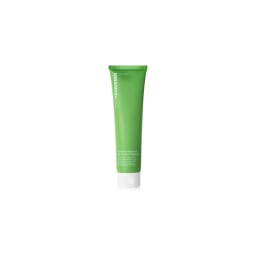
Ole Henriksen Find Your Balance Oil Control Cleanser
Pros
Contains a blend of exfoliating and hydrating ingredientsCons
Contains essential oils, if you’re sensitive to thoseActive ingredients: Glycolic acid, Lactic acid, Green tea extract, Kelp extract, Neem seed oil, Eucalyptus oil
Considerations: Vegan, Cruelty-free
This wash contains glycolic and lactic acids to unglue dead skin cells and clear pores, along with a “Green Fusion Complex” comprised of green tea, kelp, eucalyptus, and sea moss extracts for extra hydration (again, hydration is huge when it comes to acne treatment!). It will make your skin feel refreshed and invigorated, never stripped raw.
Pros
Smooths skin texture without irritationCons
Might not be best for inflamed acneActive ingredients: Glycolic acid, Oat extract, Strawberry extract, Pre- and probiotics
Considerations: Vegan, Cruelty-free
Acne scars are no match for this glycolic-infused solution. With 10% of the famous exfoliant, this lightweight serum sloughs away dead skin and smooths the surface practically overnight. Plus, it’s simultaneously soothing with oat extract and pre-probiotic technology to nurture the skin microbiome—and a strong microbiome is key for keeping breakouts at bay.
Pros
Clears skin & evens toneCons
Contains butylene glycolActive ingredients: Green tea extract, Salicylic acid
Considerations: Vegan, Cruelty-free, Fragrance-free
This cult-favorite toner includes 2% salicylic acid to quickly clear pores and minimize bumpy texture. And the dry-down time is so fast, you’ll barely even notice it’s there. Our Deputy Commerce Editor, Braelyn Wood, considers it a godsend.
Best spot treatment: Skinfix Acne+ 2% BHA and Azelaic Acid Acne Spot Treatment
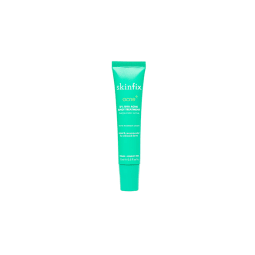
Skinfix Acne+ 2% BHA and Azelaic Acid Acne Spot Treatment
Pros
Provides quick resultsCons
Pricey for a small bottleActive ingredients: Green tea extract, Salicylic acid, Azelaic acid, Niacinamide, Kaolin clay
Considerations: Vegan, Cruelty-free, Fragrance-free
Tiny but mighty: This mini spot treatment is brimming with acne-clearing actives, like salicylic acid, azelaic acid (which can neutralize acne-causing bacteria), niacinamide, and kaolin clay (which absorbs excess oil and grime). For a particularly angry-looking spot, a couple days with this formula will noticeably shrink it in size.
Pros
Clinically shown to control oil production & pore sizeCons
Contains essential oils, if you’re sensitive to thoseActive ingredients: Bakuchiol, Ashwagandha, Shaant Complex technology
Considerations: Vegan, Cruelty-free
Shaant means “peace” and “calm” in Hindi, which is such a refreshing approach to treating acne (campaigns often use aggressive language like “fight,” or “attack”). The moisturizer contains the brand’s proprietary Shaant Complex technology, which contains plant-based ingredients clinically shown to help control oiliness, shed dead skin, reduce pore diameter, and soothe redness. Plus, it includes bakuchiol and ashwagandha to help further balance oil production and smooth skin texture.
Pros
Creamy formula that doesn’t feel heavy or greasyActive ingredients: Zinc oxide, Hydrolyzed pea protein, Aspen bark extract, Vitamin C
Considerations: Vegan, Cruelty-free, Fragrance-free
No lie, this is one of the creamiest mineral sunscreens I’ve tried. It immediately melts into the skin without leaving behind a greasy, pore-clogging finish, which is a difficult balance to strike for those with oily and acne-prone skin. On that note, it also has zero white cast, thanks to the subtle peachy tint.
Cons
Benzoyl peroxide can be dryingActive ingredients: Benzoyl peroxide, Alpha-linoleic acid, Saw palmetto
Considerations: Vegan, Cruelty-free, Fragrance-free
This derm-backed brand was formulated specifically with adult acne in mind. In this weightless, water-gel mask, you'll find micronized 2.5% benzoyl peroxide (micronization allows the benzoyl peroxide to penetrate deeper into the pores), alpha-linoleic acid for oil control, and saw palmetto for balance.
Pros
Can be used as a wash, mask, or spot treatmentCons
Not great for inflamed, active acneActive ingredients: Salicylic acid, Sulfur, Zinc PCA, Aloe vera juice, Glycerin
Considerations: Vegan, Cruelty-free
The body acne market is becoming more and more elevated, with products that rival their facial counterparts. Just take a look at this sulfur-infused clearing clay: That hero ingredient helps remove oil from the surface of the skin and prevents blackheads, yet it's less irritating than other acne-fighting ingredients. Then there’s kaolin clay to absorb grime, zinc PCA to balance oil production, salicylic acid to unclog pores, and glycerin and aloe vera to keep things hydrating.

The beauty breakdown.
Acne is a complicated condition. The different causes and treatments go way beyond what I’ve covered in this breakdown, but feel free to use this guide as a starting off point. The most important thing to remember is that your skin is on your side—as frustrating as it can be to deal with consistent breakouts, try to look at blemishes with curiosity instead of hostility. After all, your skin could be desperately trying to send you some warning signs.

 ShanonG
ShanonG 









